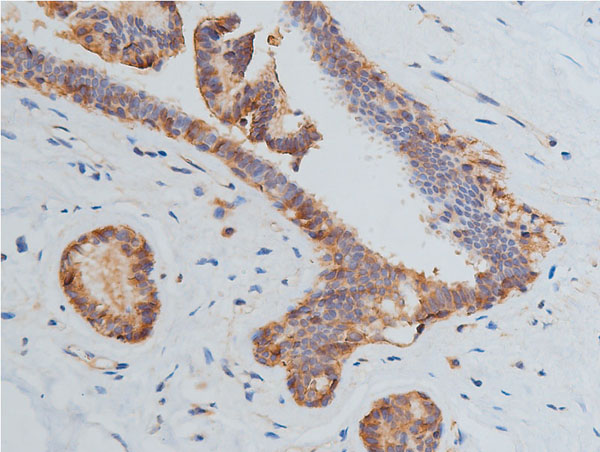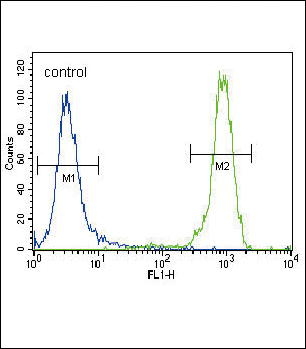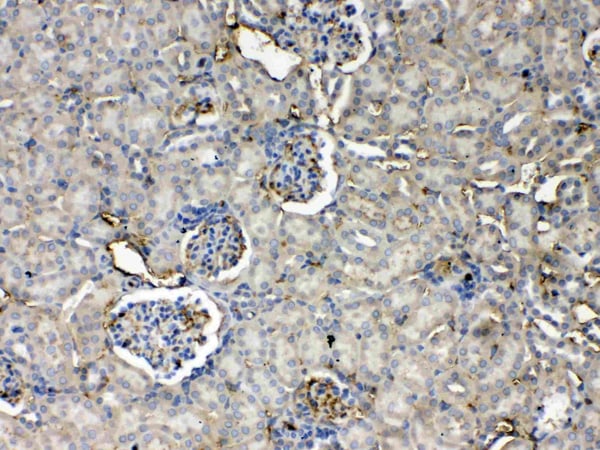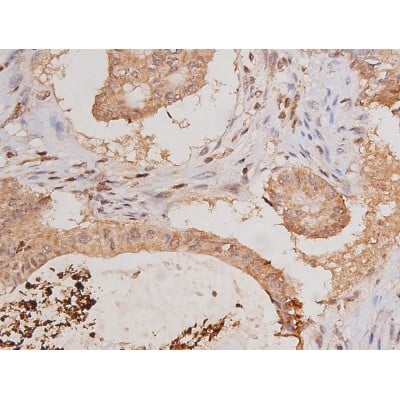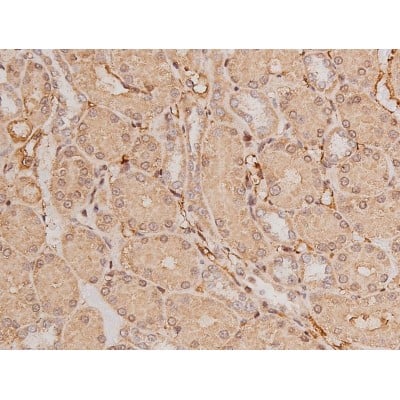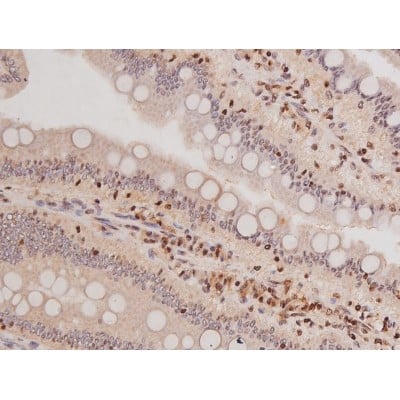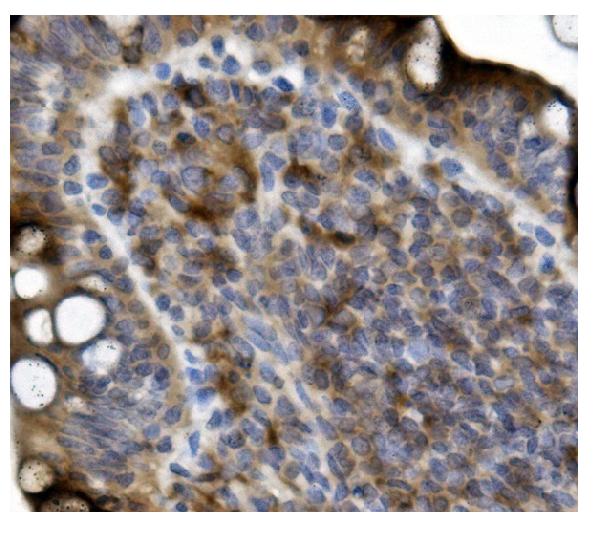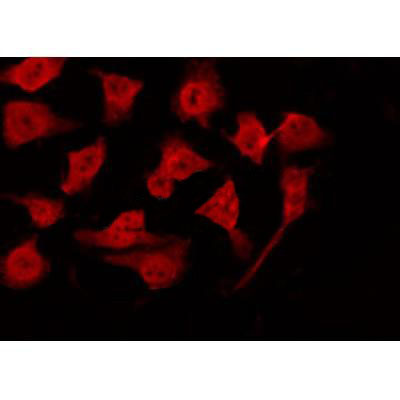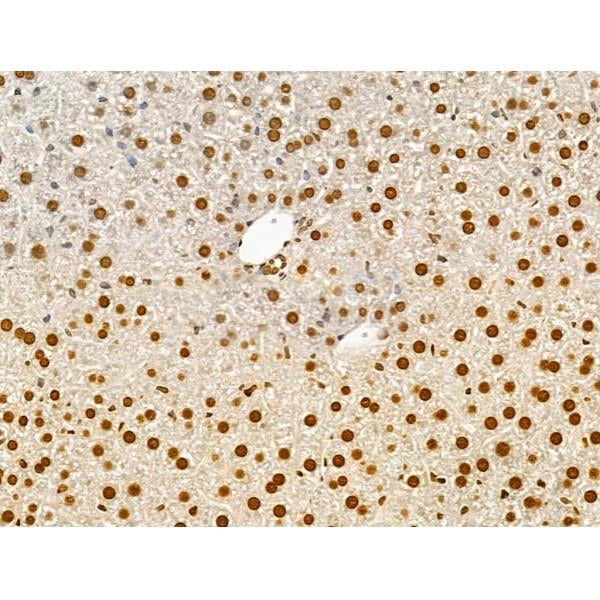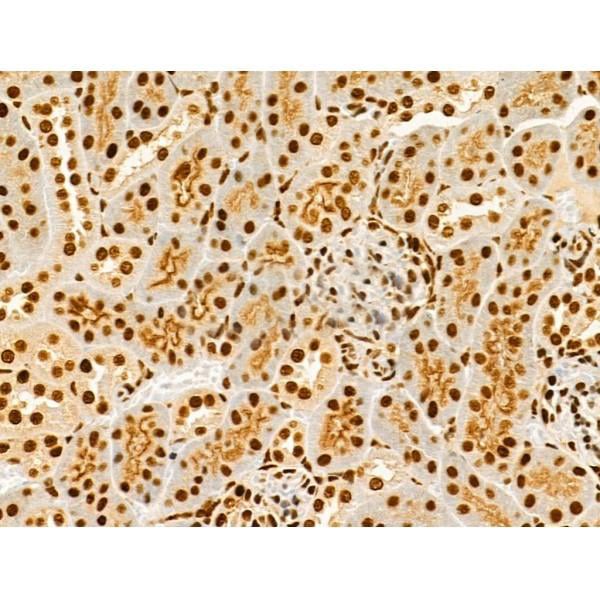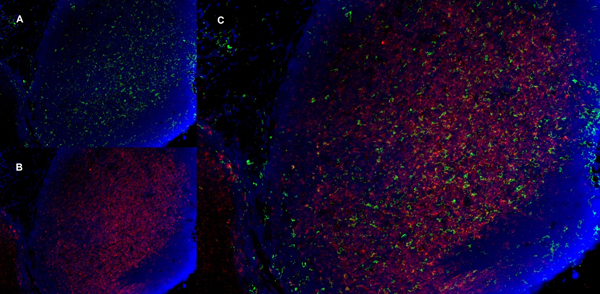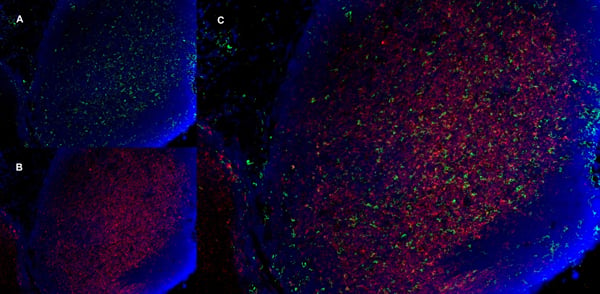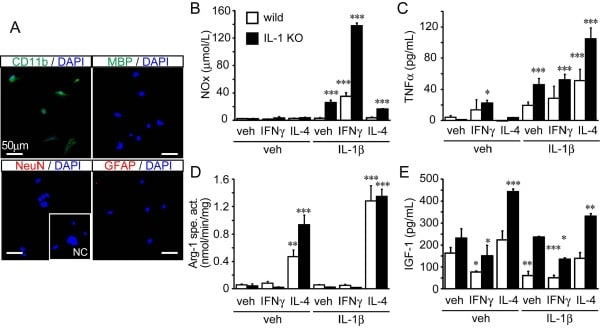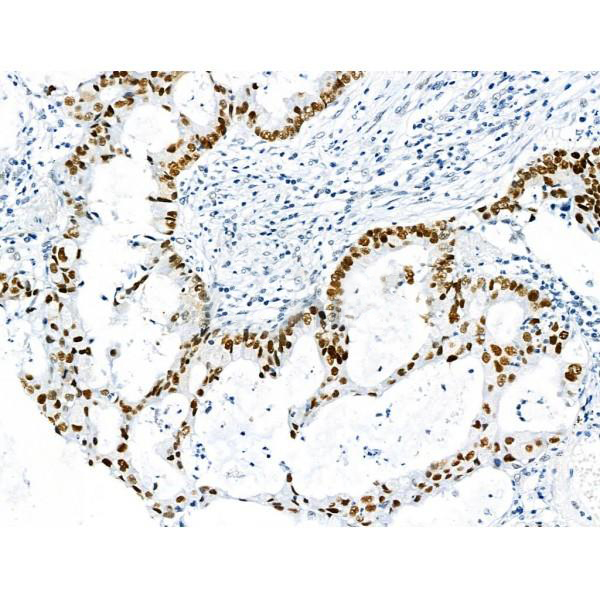Filters
Clonality
Type
Reactivity
Gene Name
Isotype
Host
Application
Clone
492 results for " Growth factor" - showing 450-492
Granulin (GRN), Recombinant Protein (Cat# AAA20248)
TMPRSS2, Polyclonal Antibody (Cat# AAA28646)
Predicted: Mouse
FGFR2, Polyclonal Antibody (Cat# AAA28728)
VEGFR2, Polyclonal Antibody (Cat# AAA31091)
FGFR2, Polyclonal Antibody (Cat# AAA26854)
FGFR1, Polyclonal Antibody (Cat# AAA28687)
Stem Cell Factor (SCF), Active Protein (Cat# AAA21108)
FGFR2, Polyclonal Antibody (Cat# AAA26856)
Smad1/9, Polyclonal Antibody (Cat# AAA31453)
Predicted Reactivity: Pig (100%), Zebrafish (100%), Bovine (100%), Sheep (100%), Rabbit (100%), Dog (100%), Chicken (100%), Xenopus (100%)
FGFR2, Polyclonal Antibody (Cat# AAA26851)
FGFR2, Polyclonal Antibody (Cat# AAA26855)
FGFR2, Polyclonal Antibody (Cat# AAA26853)
FGFR2, Polyclonal Antibody (Cat# AAA26852)
TACSTD2/TROP2, Monoclonal Antibody (Cat# AAA23900)
VEGF Receptor 3, Polyclonal Antibody (Cat# AAA19147)
VEGF Receptor 3, Polyclonal Antibody (Cat# AAA19146)
No cross reactivity with other proteins.
Thrombopoietin, Polyclonal Antibody (Cat# AAA19166)
No cross reactivity with other proteins
FRS2, Polyclonal Antibody (Cat# AAA31412)
Predicted Reactivity: Pig (100%), Bovine (100%), Horse (100%), Sheep (100%), Rabbit (100%), Dog (100%), Chicken (100%)
C-Kit, Polyclonal Antibody (Cat# AAA31085)
GRB10, Polyclonal Antibody (Cat# AAA19244)
EGFR, Polyclonal Antibody (Cat# AAA19214)
Bcl-2, Polyclonal Antibody (Cat# AAA31360)
Predicted Reactivity: Pig (86%), Bovine (83%)
Tuberin/TSC2, Polyclonal Antibody (Cat# AAA31441)
Predicted Reactivity: Pig (100%), Bovine (100%), Horse (100%), Sheep (100%)
FGFR1/2/3/4, Polyclonal Antibody (Cat# AAA31417)
Predicted Reactivity: Bovine (100%), Horse (100%), Sheep (100%), Rabbit (100%), Dog (100%), Chicken (100%), Xenopus (100%)
FGFR2, Polyclonal Antibody (Cat# AAA31452)
Predicted Reactivity: Zebrafish (88%), Bovine (100%), Horse (100%), Rabbit (83%), Dog (100%), Chicken (100%), Xenopus (88%)
Retinoblastoma, Polyclonal Antibody (Cat# AAA31401)
Predicted Reactivity: Pig (100%), Bovine (100%), Horse (100%), Sheep (100%), Rabbit (100%), Dog (100%), Chicken (92%), Xenopus (92%)
AR, Polyclonal Antibody (Cat# AAA31420)
Predicted Reactivity: Pig (92%), Bovine (85%), Sheep (85%), Rabbit (92%), Dog (92%)
EGFR, Polyclonal Antibody (Cat# AAA31399)
Predicted Reactivity: Pig (100%), Bovine (100%), Sheep (100%), Rabbit (100%)
CD11b, Monoclonal Antibody (Cat# AAA12184)
AKT1, Polyclonal Antibody (Cat# AAA31364)
Predicted Reactivity: Pig (91%), Bovine (82%), Horse (100%), Dog (100%), Chicken (100%)
CD11b, Monoclonal Antibody (Cat# AAA12181)
CD11b, Monoclonal Antibody (Cat# AAA12231)
CD11b, Monoclonal Antibody (Cat# AAA12182)
CD11b, Monoclonal Antibody (Cat# AAA12183)
CD11b, Monoclonal Antibody (Cat# AAA12185)
CD11b, Monoclonal Antibody (Cat# AAA12186)
SRC, Monoclonal Antibody (Cat# AAA28639)
HSF1, Polyclonal Antibody (Cat# AAA31391)
p53, Polyclonal Antibody (Cat# AAA31429)
Predicted Reactivity: Pig (88%), Bovine (88%), Sheep (88%), Rabbit (88%)
p53, Polyclonal Antibody (Cat# AAA31354)
Predicted Reactivity: Pig (91%), Sheep (80%), Rabbit (91%), Dog (91%)
p53, Polyclonal Antibody (Cat# AAA31377)
Predicted Reactivity: Pig (91%), Sheep (80%), Rabbit (91%), Dog (91%)
p53, Polyclonal Antibody (Cat# AAA31355)
Predicted Reactivity: Rabbit (90%), Dog (100%)













